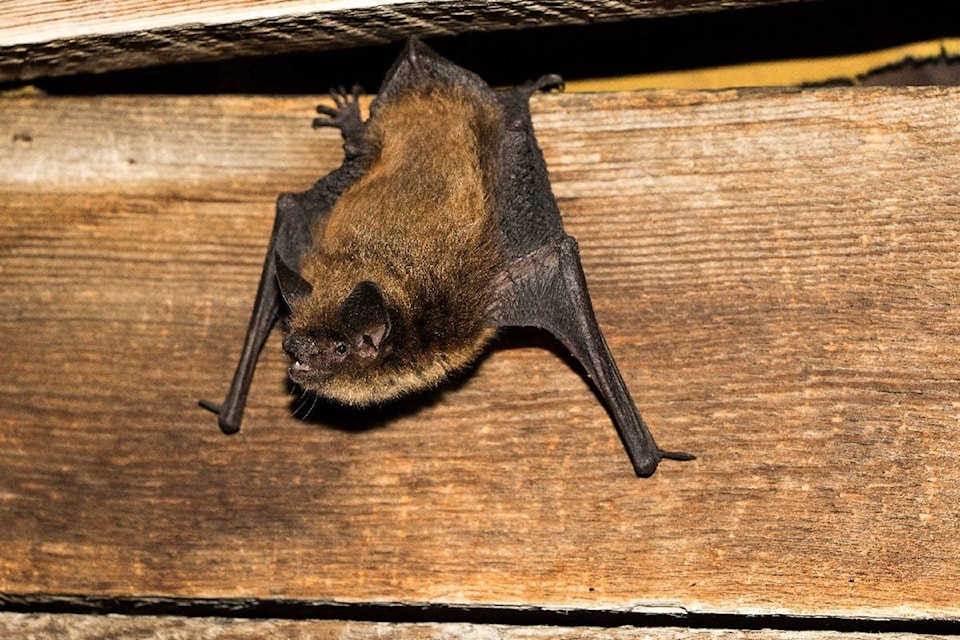As British Columbia struggles to contain COVID-19, the province’s bat population is at risk of a different disease.
The BC Community Bat Program is calling on volunteers to help with its annual bat count, to better understand bat colony distribution and size as white-nose syndrome threatens bats in the province.
White-nose syndrome is an introduced fungal disease that can kill bats but not other animals or humans.
“It does have a high mortality rate in a lot of cases, sometimes 80 to 100 per cent mortality rate,” said Ashleigh Ballevona, project coordinator at the Skeena Bat Project.
“So even if you had a small colony, if white-nose were to be in that colony with a high mortality rate you’re still not looking at a good situation.”
The disease is currently spreading in the bat populations of Washington State, identified less than 200 kilometres from the B.C. border. White-nose syndrome has killed around six-million bats in North America.
It infects bats while they are hibernating in large groups, allowing white-nose syndrome to spread easily between them. The fungus develops on their nose and wing membranes.
“What happens is they are hibernating, they are now woken up because this fungus is making them itchy,” said Ballevona.
“They have no food if they leave their hibernation site, there’s no insects for them to eat, there’s no water for them to drink so they end up using up the fat stores and then they have nothing left come spring or even before that, and they’ll die.”
According to Ballevona, nine of B.C.’s 15 bat species live in the Skeena region, and nearly half of the province’s bat species are classified as at risk. The little brown myotis, better known as the little brown bat is one of the more common species in B.C., but it is endangered Canada-wide.
There is relatively little known about bat populations in the province. “They are small, they are active at night so there just hasn’t been a lot of work done with bats and their population numbers,” said Ballevona.
READ MORE: Worried about bats? Here’s what to do if you come across one in B.C.
The BC Community Bat Program’s annual bat count runs from June 1, to June 21, and aims to establish baseline population data, so if white-nose syndrome reaches the province researchers will be able to monitor the disease’s effects.
Last year, the annual bat count collected data on 337 sites province-wide. Volunteers wait outside a human-made roost, like a building or bat house. Female bats return to the same site each year to give birth. The June count takes place before the pups can fly, giving the program an idea of how many mature female bats there are.
A second tally from July 11 to Aug. 5 counts pups when they leave the roost.
The Skeena bat project said the COVID-19 pandemic has shone a negative light on bats, based on the false association that B.C. bats carry or spread COVID-19.
“In B.C. our bats do not have or spread the virus that causes COVID-19 in humans. The SARS-CoV-2 virus is not found in North American bat species at present.”
To find out more about bats, or learn how to get involved visit www.bcbats.ca.
@BenBogstie
ben.bogstie@terracestandard.com
Like us on Facebook and follow us on Twitter.
